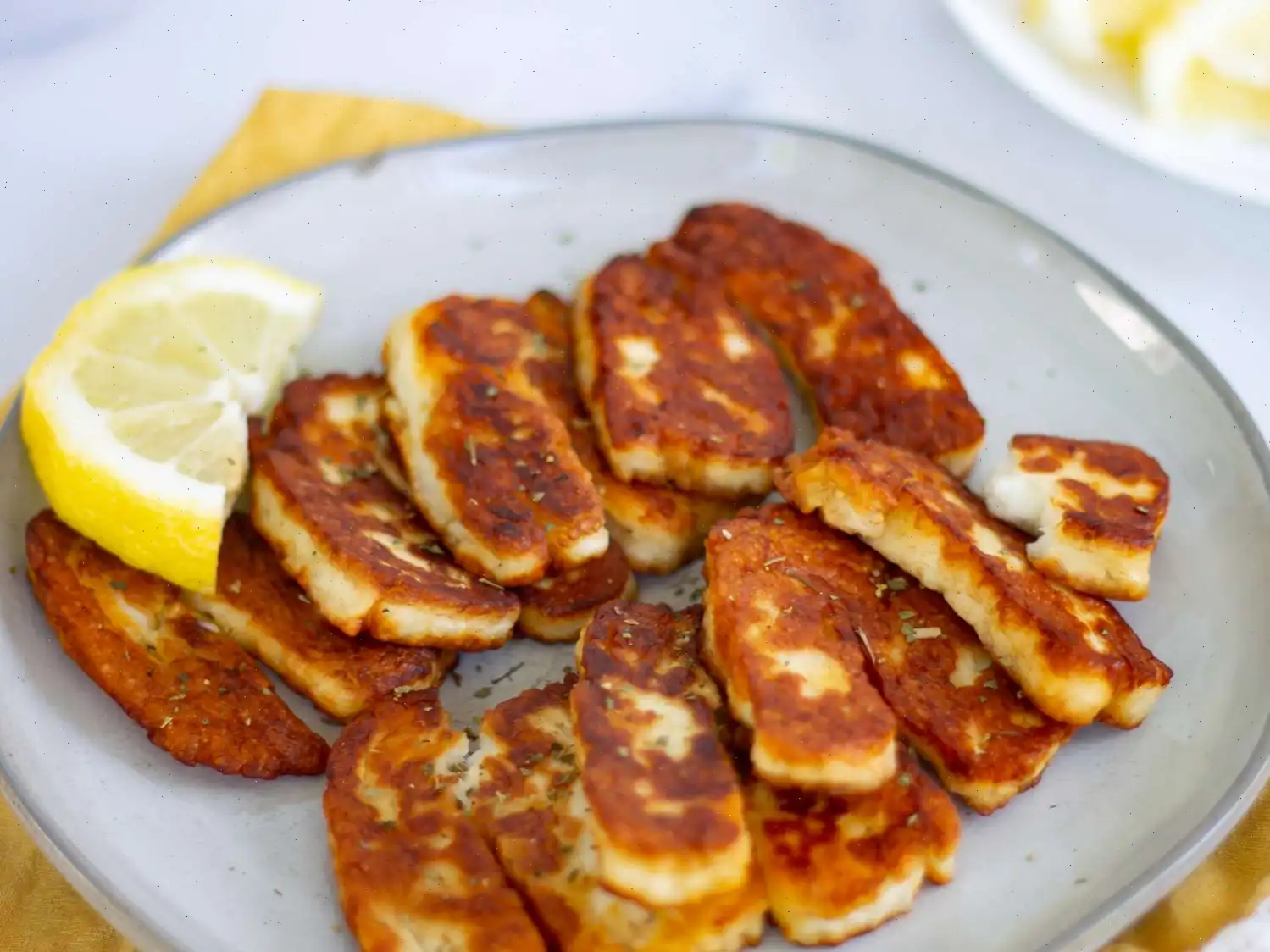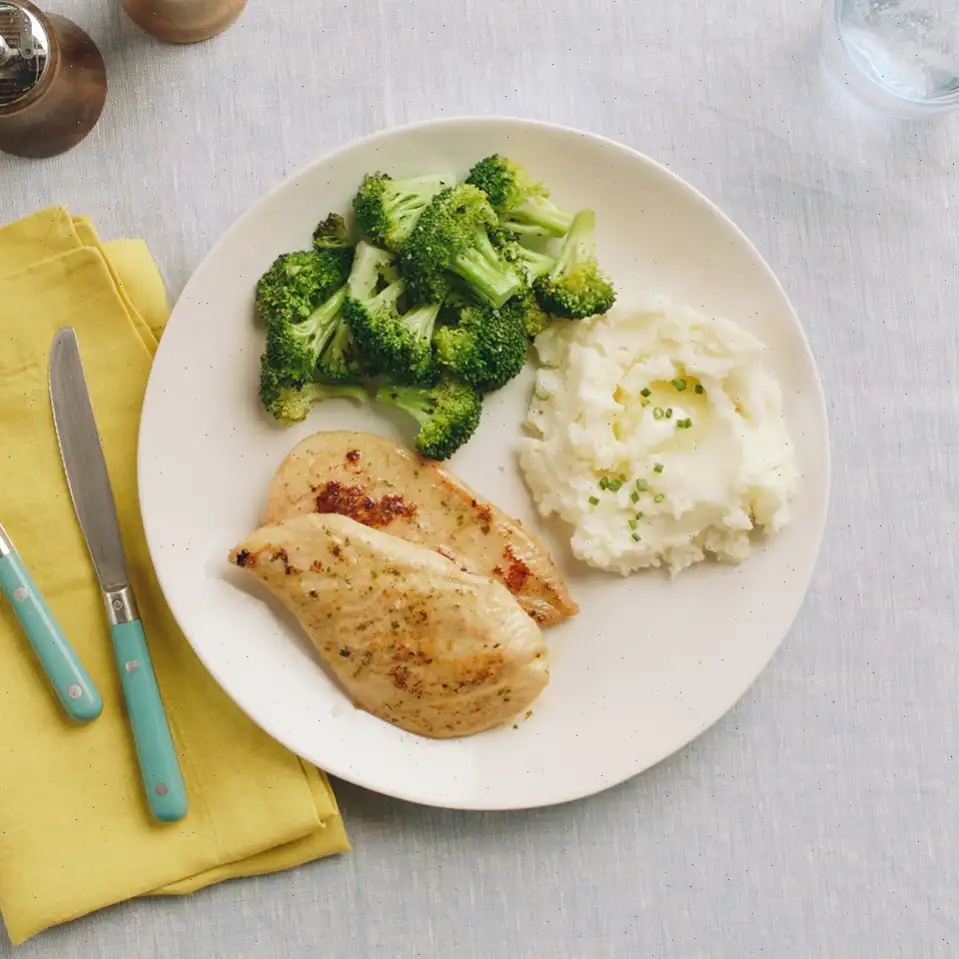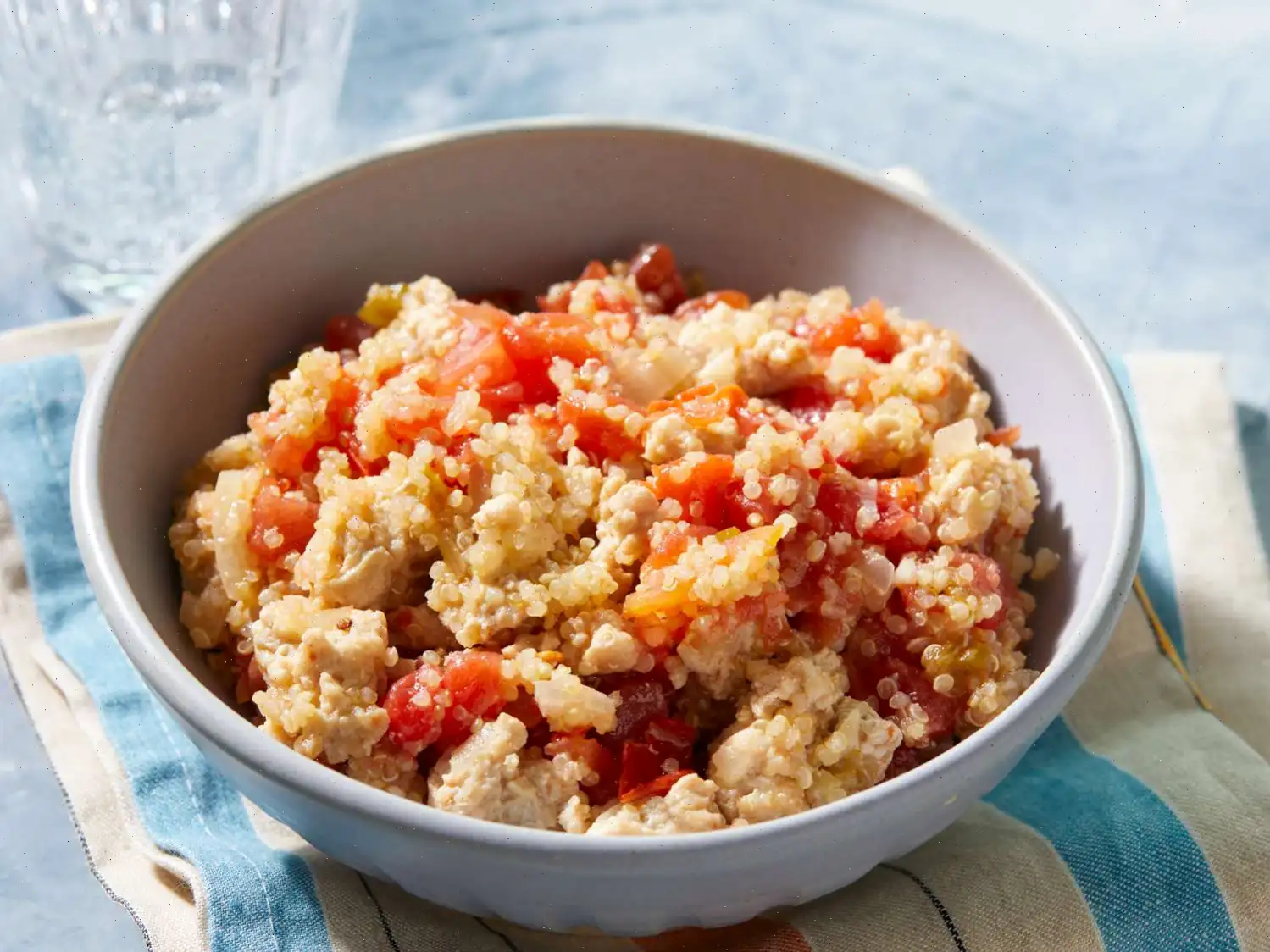
Pan-Fried Halloumi Recipe
Ingredients
- 2 tablespoons extra-virgin olive oil
- 1 (8.8 ounce) package halloumi cheese, cut into 8 slices
- 1 large lemon, juiced (or more to taste)
- 2 pinches dried oregano
Directions
Step 1: Heat olive oil in a large skillet over medium heat. Ensure the skillet is large enough to fit all the halloumi slices comfortably.
Step 2: Once the oil is hot but not smoking, add the halloumi slices. Let them cook until the bottom is golden brown, about 4 minutes.
Step 3: Flip the halloumi slices and cook the other side until browned, approximately 3 minutes.
Step 4: Squeeze the lemon juice over the browned halloumi, allowing it to reduce slightly in the pan.
Step 5: Remove the skillet from the heat and sprinkle the halloumi with dried oregano.
Step 6: Serve immediately while hot. Enjoy!
Nutrition Facts (per serving)
| Nutrition Info | Amount | % Daily Value* |
|---|---|---|
| Calories | 256 | |
| Total Fat | 21g | 27% |
| Saturated Fat | 9g | 46% |
| Cholesterol | 49mg | 16% |
| Sodium | 392mg | 17% |
| Total Carbohydrate | 4g | 2% |
| Dietary Fiber | 1g | 2% |
| Total Sugars | 1g | |
| Protein | 14g | 28% |
| Vitamin C | 16mg | 18% |
| Calcium | 322mg | 25% |
| Iron | 0mg | 3% |
| Potassium | 89mg | 2% |
* Percent Daily Values are based on a 2,000 calorie diet. Your daily values may be higher or lower depending on your calorie needs.
** Nutrient information is based on available data for this recipe. If you have specific dietary requirements, please consult with a healthcare professional before preparing this dish.
The Story Behind Pan-Fried Halloumi
Halloumi, the star ingredient in this simple yet flavorful dish, has a rich history that dates back centuries. Originating from Cyprus, this semi-hard, unripened cheese was traditionally made from a mix of goats and sheeps milk, though cows milk is also commonly used today. Its high melting point made it ideal for grilling or frying, and it quickly became a staple in Mediterranean cuisine. Historically, halloumi was not only a culinary delight but also a practical food source, as its salty nature allowed it to be preserved for extended periods in the hot Mediterranean climate.
Regional Variations and Distinctive Flavors
While halloumi is most closely associated with Cyprus, it has found a prominent place in the cuisines of Greece, Lebanon, and Turkey. In Cyprus, the cheese is often paired with watermelon or tomatoes, while in Greece, its commonly prepared as saganaki, a style that involves pan-frying until golden brown and finishing with a squeeze of fresh lemon juice and a sprinkle of oregano. Each region adds its own twist, sometimes incorporating local herbs or serving halloumi alongside fresh salads, grilled vegetables, or as part of a mezze platter.
How Pan-Fried Halloumi Stands Out
Unlike other cheeses, halloumis firm texture allows it to be cooked without melting into a gooey mess, making it unique among Mediterranean cheeses. Compared to feta, which crumbles easily, or mozzarella, which stretches and melts, halloumi holds its shape and develops a crisp, golden exterior while remaining soft and slightly squeaky inside. This distinctive combination of textures sets pan-fried halloumi apart from other fried or grilled cheeses.
Where Youll Typically Find It
Pan-fried halloumi is commonly served in casual Mediterranean restaurants, tavernas, and street food stalls. Its a popular appetizer or side dish, often paired with fresh salads, olives, or a drizzle of honey. In Cyprus and Greece, it frequently appears at family gatherings, festive occasions, and summer barbecues, celebrated for its simplicity and savory flavor.
Interesting Facts About Halloumi
- Halloumi is one of the few cheeses that can be fried or grilled without melting, thanks to its high melting point.
- The cheese traditionally contains no rennet, making it suitable for vegetarians.
- Its slightly salty flavor comes from the brine it is stored in, which also helps preserve it naturally.
- Modern variations of halloumi can include additions like mint, paprika, or chili for extra flavor.
- In Cyprus, halloumi was once considered a cheese of necessity, providing nourishment for shepherds and rural communities during long periods away from home.
From its ancient origins to its current global popularity, pan-fried halloumi remains a beloved dish that celebrates Mediterranean flavors and culinary traditions. Its unique texture, regional variations, and simple yet satisfying preparation make it a versatile and irresistible choice for any meal.
FAQ about Pan-Fried Halloumi Recipe
Comments
Aaron Garcia
10/08/2022 12:51:05 AM
Simple yet delicious.
Samuel Thompson
06/30/2024 04:19:42 AM
This dish was incredibly tasty. Instantly became a favorite!








